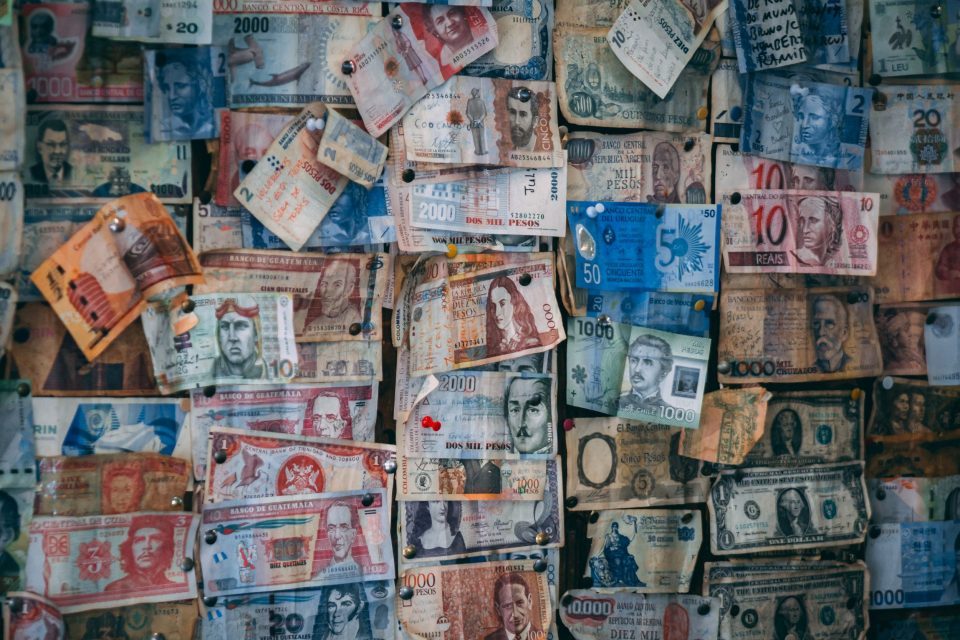Letters that Changed the World

Why Printed Books Are Still Our Favourites
June 16, 2021
DIY Make Your Own Photo Album
June 28, 2021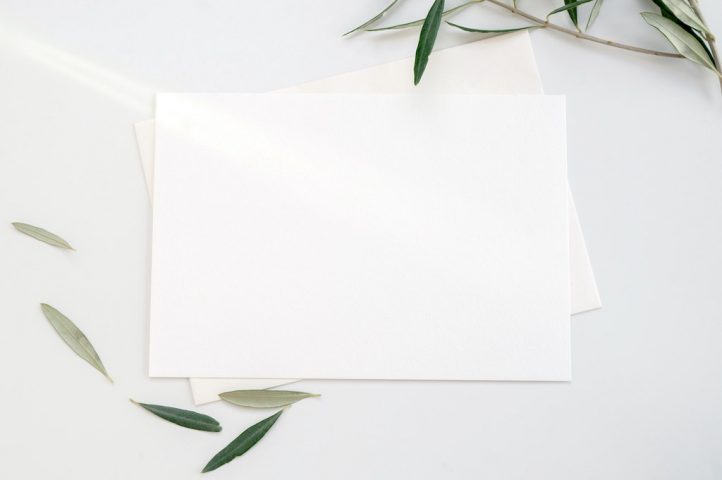
Business Optimizer takes a look at some of the famous letter writers whose writings have changed the course of history: from Einstein’s letter that kick-started the nuclear age, to a King’s letter to his lover that would cleave a split in the Christian church.
The best letter writers have the power to move us. Even in our electronic age, there is something that makes a handwritten letter special.
The following selection of letters had such power that they not only moved the reader, but they also moved the course of history.
#1 JFK’s letter on a coconut
During his presidency, John F. Kennedy kept a paperweight on his desk made out of half a coconut shell preserved in a piece of wood. It was a memento from the President’s service in World War II. This coconut shell was, in truth, an important letter.
It read: “NAURO ISL… COMMANDER… NATIVE KNOWS POS’IT… HE CAN PILOT… 11 ALIVE… NEED SMALL BOAT… KENNEDY.”
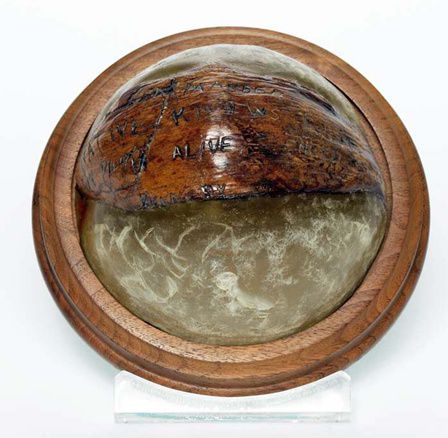
On August 2, 1943, the patrol torpedo boat Kennedy was commanding in the South Pacific had been rammed by a Japanese destroyer. After swimming to a nearby island and surviving on coconuts for a few days, the crew had met two local islanders who bravely carried the coconut-shell letter through Japanese waters to request the crew’s rescue. Had they not made it, one of America’s most beloved presidents may well not have survived to be elected and steer the world through the momentous events of his presidency.
#2 A mother’s letter that paved the way for women’s suffrage in the USA
American women had been fighting to secure suffrage for decades. And while federal lawmakers finally passed the 19th Amendment in June 1919, more than a year later the amendment had yet to become law. It needed three-quarters of US states to ratify it, but by the summer of 1920 only 35 had done so – one short of the total needed.
Could Tennessee become the “Perfect Thirty-Sixth”?
When the all-male Tennessee legislature came to vote, many of the men wore roses on their lapels: a yellow rose to ratify; a red rose against. Then the roll call had landed on Harry T. Burn, wearing a red rose and, at 24, the youngest state lawmaker. In the pocket of his suit jacket was a letter delivered that morning from his mother, Febb Burn. She had implored him “Don’t forget to be a good boy.”
“Hurrah and vote for suffrage,” she had written to her son, “and don’t keep them in doubt.”
Burn stood to vote. “Aye,” he said, pulling off his red rose.

#3 Gen. Dwight Eisenhower’s letter to Allied Troops on June 5, 1944
Gen. Dwight Eisenhower, the commander of the Allied Expeditionary Force that carried out the D-Day invasion, a turning point in the Allied victory in Europe in World War II, wrote a letter to his troops which was distributed on the eve of the invasion. In it, he told them, “We will expect nothing less than full Victory!”
That Victory was achieved, albeit with a huge loss of life. It’s less well known that Eisenhower also wrote another letter in case the effort failed. Thankfully, that letter never had to be sent.
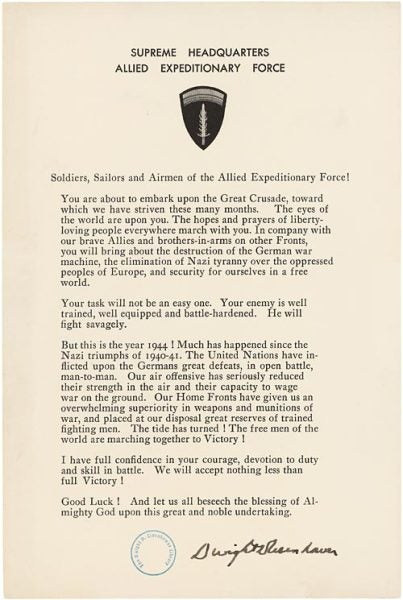
#4 Henry VIII’s love letters to Anne Boleyn
Henry’s love letters to Anne were written in French and the language of love does not disappoint. His handwritten entreaties to Anne included such sentiments as, “So it is with our love, for by absence we are parted, yet nevertheless it keeps its fervor, at least on my side, and I hope on yours also” and “would you were in my arms or I in yours for I think it long since I kissed you”.
Unfortunately, Henry was already married to Katherine of Aragon at the time. However, his passion for Anne was such that he sought an annulment of his marriage to Katherine. When the Vatican refused to grant one, Henry split from Rome and set in motion the English Reformation.
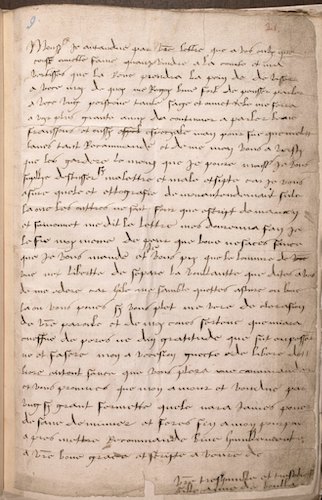
#5 Einstein’s letter to Roosevelt
Einstein’s famous letter to President Roosevelt was drafted with the help of Hungarian émigré physicist Leo Szilard, one of a number of European scientists who had fled to the United States in the 1930s to escape Nazi repression. In it, he urged the United States government to support research into harnessing atomic energy to create “extremely powerful bombs”, explaining that recent research on fission chain reactions using uranium made it probable that large amounts of power could be produced by a chain reaction, and asserting his belief that the German government was actively supporting such research.
Sent on August 2, 1939, by October of that year, President Roosevelt decided that he could not risk Hitler unilaterally getting his hands on such weapons, a decision which ultimately led to the establishment of the Manhattan Project.
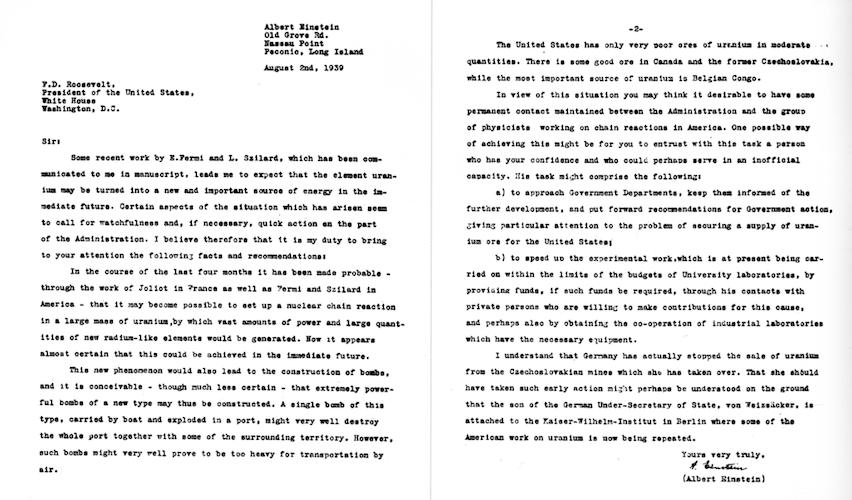
Hungry for more inspiration? Read our list of famous journal keepers and their thoughts on the importance of writing a journal.
Or celebrate handwritten notes with our article on the lost art of letter writing.




